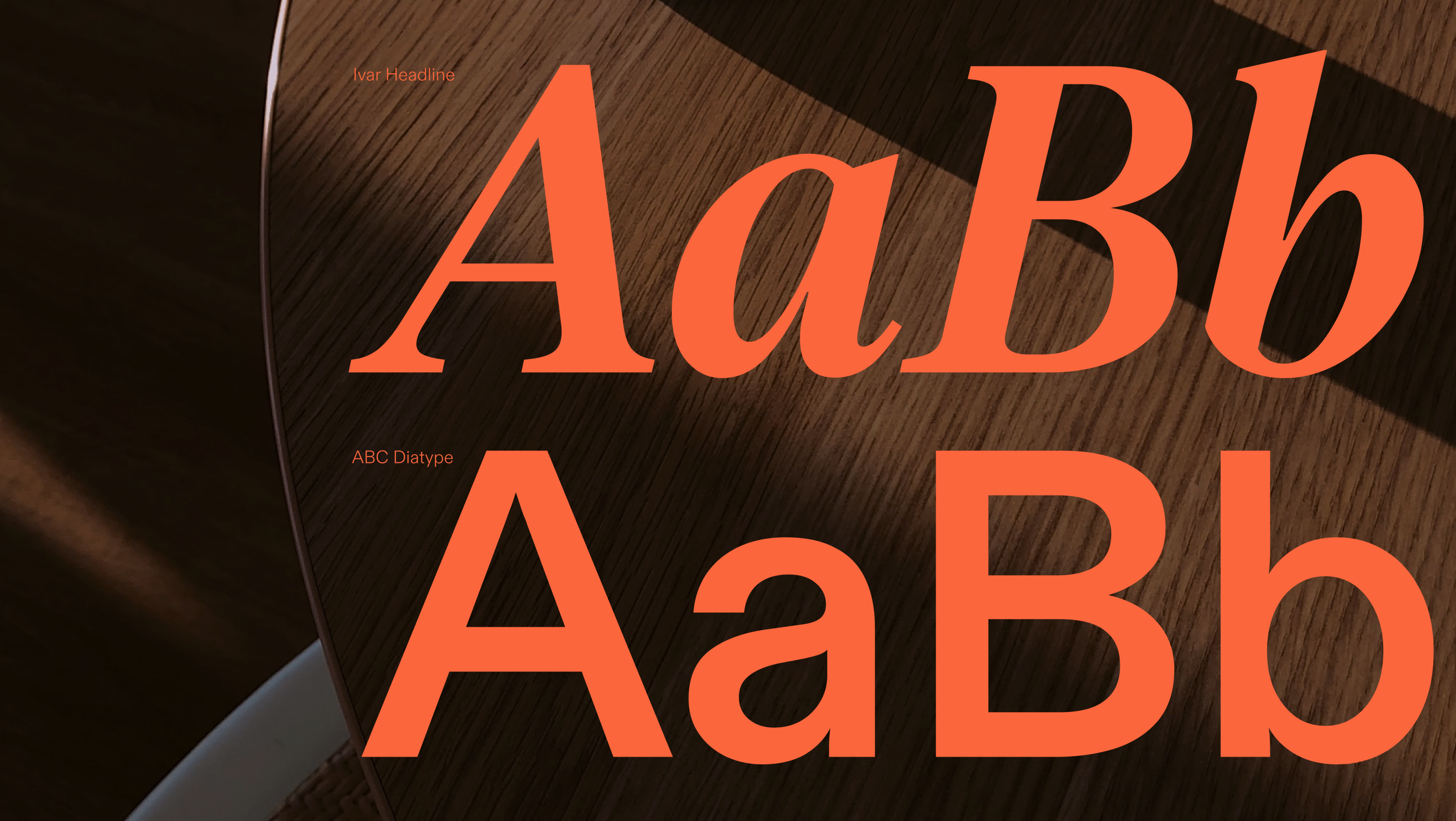Typography does more than display words — it brings personality, emotion, and clarity to your brand. And on the web, the right font can transform how users connect with your content.
In the early days of web design, choices were limited to a few system fonts, stifling creativity and consistency. Then came web fonts, unlocking a world of typefaces that let designers craft more expressive, brand-aligned, and user-friendly experiences.
Today, web fonts don’t just improve aesthetics — they enhance readability, accessibility, and overall user engagement. In this article, we’ll dive into how web fonts changed the game and how you can use them to elevate your site’s design.
Source: typetype.medium.com
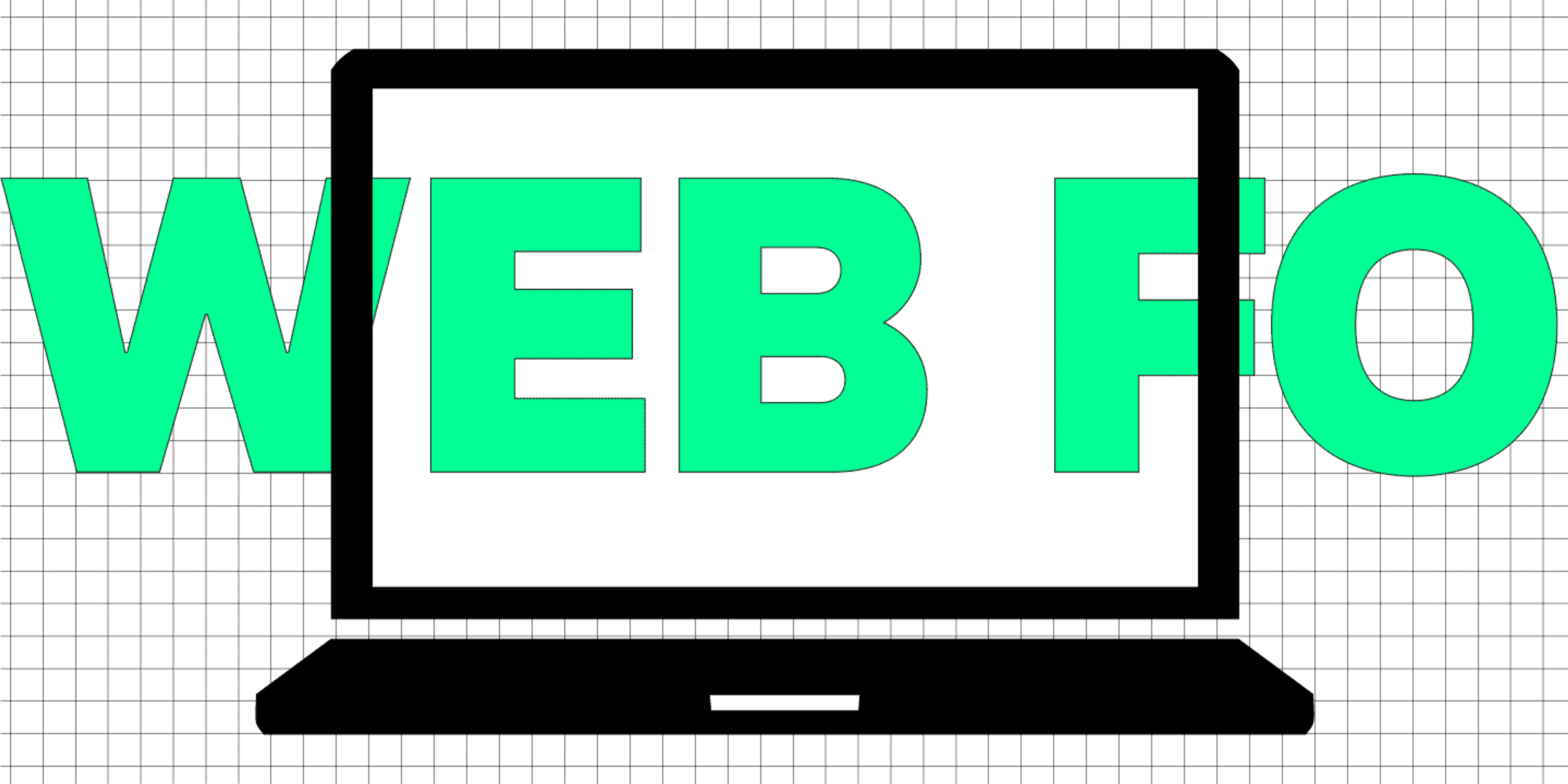
What Are Web Fonts
Web fonts let a page use its own typefaces, so every visitor sees the same letters, no matter what's on their device. Because these fonts arrive with the page, the look the designer planned is the look the reader gets. That's more than decoration: it keeps the same mood, tone, and meaning at every zoom level and screen. If the same letterforms stay stable, hierarchy and mood stay stable, too.
Benefits of Using Web Fonts
Incorporating web fonts into your designs can unlock a multitude of benefits, enhancing both the visual appeal and functionality of your website. Here are some of the most significant advantages:
- Increased Creativity: With thousands of web fonts at your disposal, you have a vast palette to choose from, allowing you to craft unique and visually captivating designs. This variety empowers you to break free from the constraints of default fonts and explore new typographic possibilities. A versatile font can adapt to different design needs, making it suitable for both headings and body text across various mediums.
- Improved Readability: Web fonts can be optimized for screen readability, ensuring that your content is easy to read and comprehend. This is particularly important for maintaining user engagement and delivering a seamless reading experience.
Source: kwebby.com
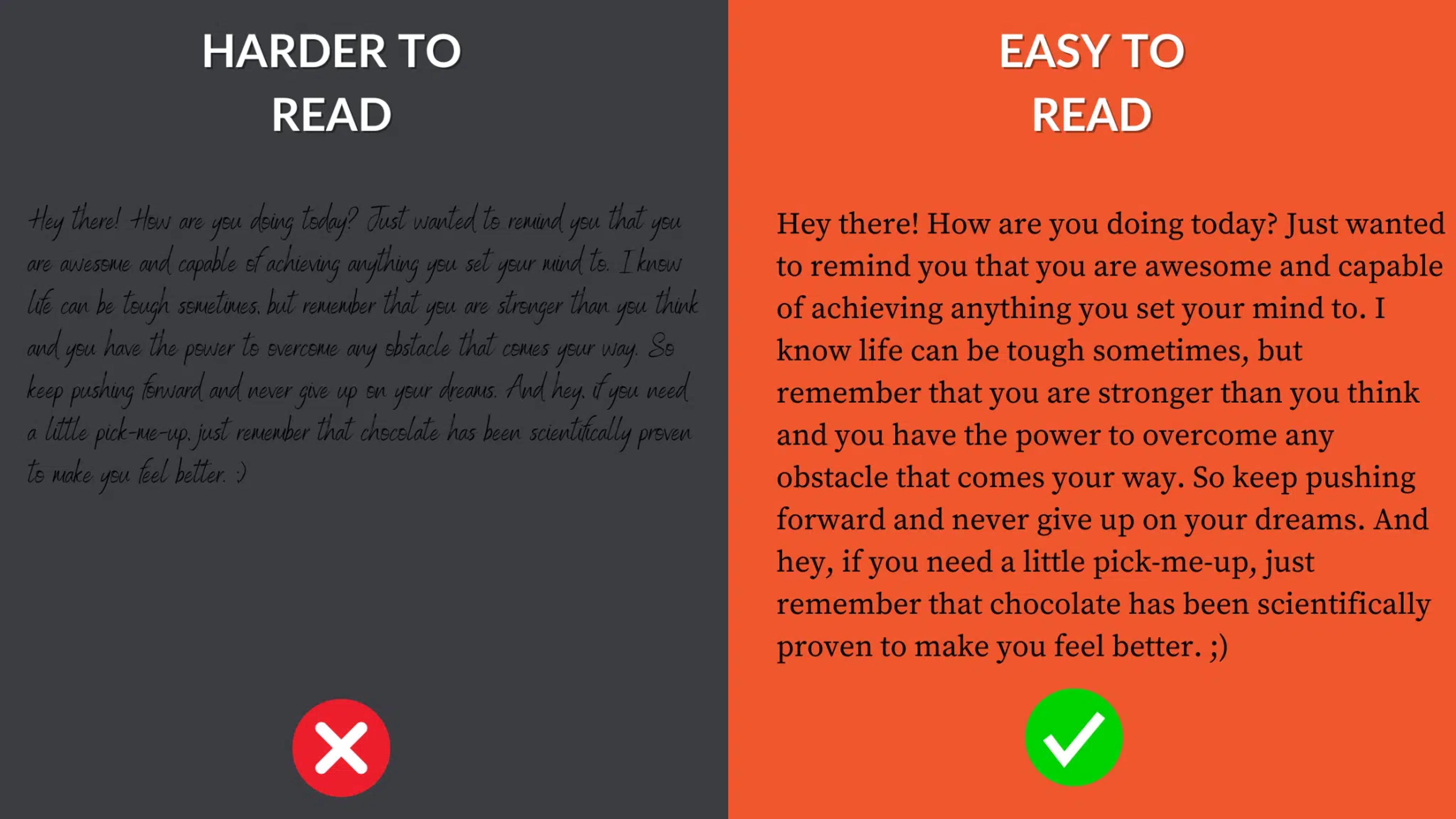
- Consistency: Web fonts ensure that your design looks consistent across different devices and browsers. This uniformity is crucial for maintaining a cohesive visual identity and providing a reliable user experience.
- Branding: Custom web fonts can reinforce your brand identity, creating a consistent visual language across all your marketing materials. By using distinctive fonts, you can make your brand more recognizable and memorable.
- Accessibility: Web fonts can enhance accessibility by providing clear and readable text for users with visual impairments. This inclusivity ensures that your content is accessible to a broader audience, aligning with best practices in web design.
How We Got Here (A Short History)
At first, designers were stuck with five or six "safe" fonts that almost every computer had. That worked for predictability, but it didn't work for personality.
Over time, the need for both led to rules for downloading typefaces across the web, plus libraries that let designers pick, license, and load fonts reliably.
Now, with variable type and careful design systems, letters feel less like fixed pictures and more like living, adjustable features.
Roles Fonts Play in a Design System
Interface workhorses. Choose clear, neutral sans serifs that are legible in tight control at 12 pixels and can squeeze into high-density toolbars. They reduce visual clutter and keep buttons easy to find.
Text companions. Pick well-matched families meant for long reads. They pace the eye with consistent rhythm, well-balanced proportions, and apparent differences between confusing look-alikes, so readers glide from paragraph to paragraph.
Display accents. Use distinctive styles for the occasional standout—a bold head, a splashy hero, or a brand lock-up. They punch the brand name into memory in small, measured doses, and overuse can dilute the score. Use them with restraint.
Good design leaders assign purpose to roles first. Only then do they choose which specific type families to use. When examples do the heavy lifting, processes accelerate.
Source: productiveshop.com
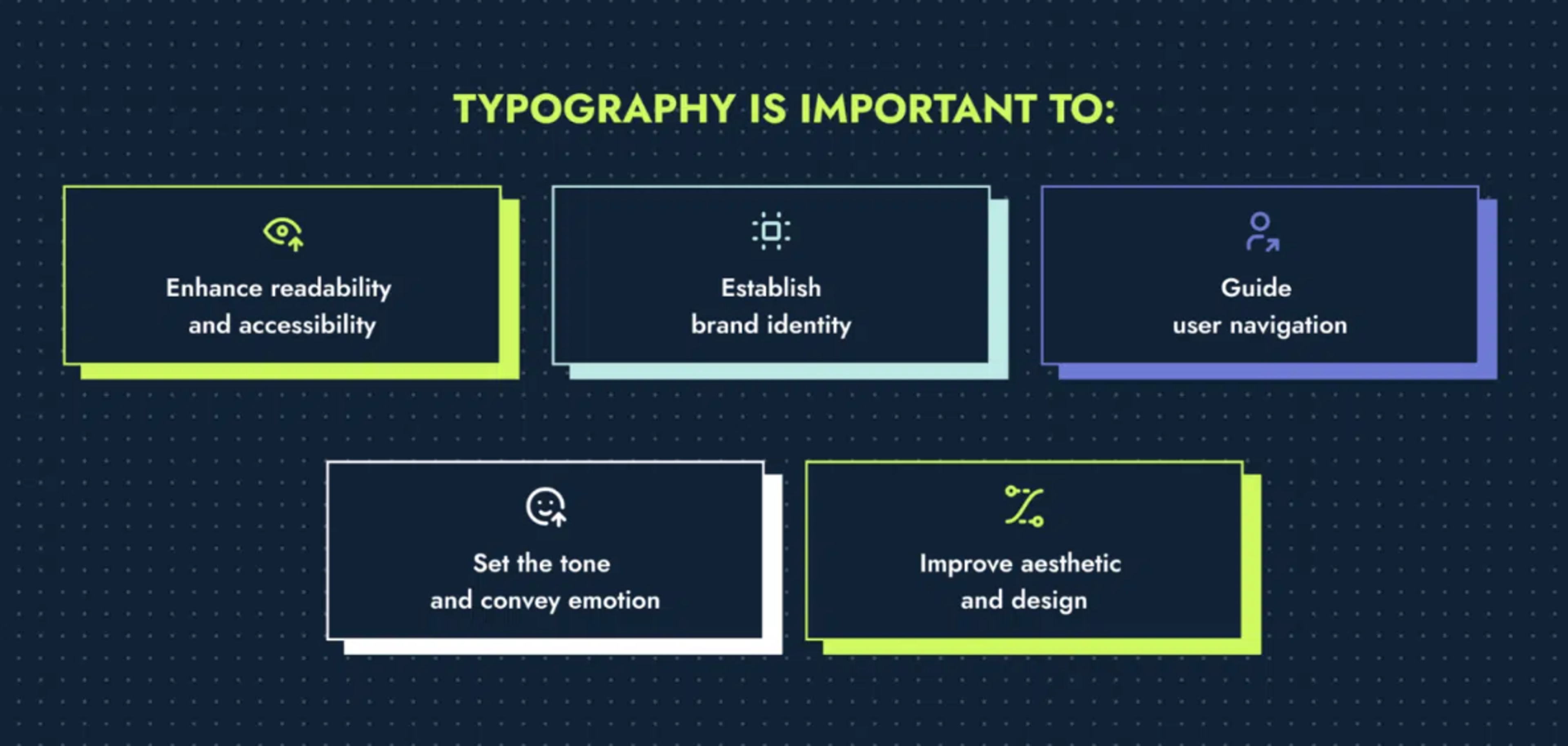
Implementing Web Fonts
Delivery Options
Select a delivery method that aligns with your business priorities and limits:
- Hosted Libraries: Ideal for rapid launch and simple selection by designers.
- Self-Hosting: Gives you tight control over load times, user privacy, and compliance with company standards.
- Hybrid Approach: Use a mix of hosted and self-hosted fonts to balance convenience and oversight.
Decide between separate files for each weight (static families) or a single, adaptive file that handles weight, width, and more (variable families). Always serve the most efficient format that most of your audience can support.
Variable Fonts as a Strategy
Variable fonts package an entire type family — think weight, width, and occasionally slant — into one flexible file. This reduces the number of fonts your team tracks, creates smoother type scaling between large and small screens, and allows tiny typographic tweaks without changing the file. The font voice remains consistent across languages, device orientations, and even legacy browsers.
Performance, Stability, and Licensing
- Instant Text Visibility: Design for the main text to appear immediately. Use a brief, legible fallback font, accepting a tiny flash if needed.
- Layout Stability: Pick a fallback font with similar metrics to your primary font. This keeps the layout from jumping when the main font loads.
- Cross-Platform Rendering: Windows and macOS may render the same typeface differently. Design for slight differences and avoid pixel perfection.
- Licensing and Governance: Verify your web embedding rights. Keep license files, usage counts, and renewal dates in an accessible, team-shared location.
- Load order and weight: Send the smallest file size that still sounds like you. Highlight “hero” text, trim unused letters, and postpone styles the page doesn’t need immediately.
Good Fonts for Websites
Choosing the right font for your website is essential for enhancing aesthetics and readability, creating a great user experience. The right typography can set the tone and make your site look more professional.
Inter
Inter is a modern, versatile sans serif font designed by Rasmus Andersson, a former Figma designer. Tailored specifically for user interfaces and screens, this free, open-source typeface is trusted by industry leaders like GitHub and Mozilla.
As a variable font family, Inter offers exceptional flexibility, allowing precise control over styles and weights. Its advanced OpenType features, including contextual alternates and tabular numbers, ensure enhanced readability across diverse applications, making it a go-to choice for digital design.
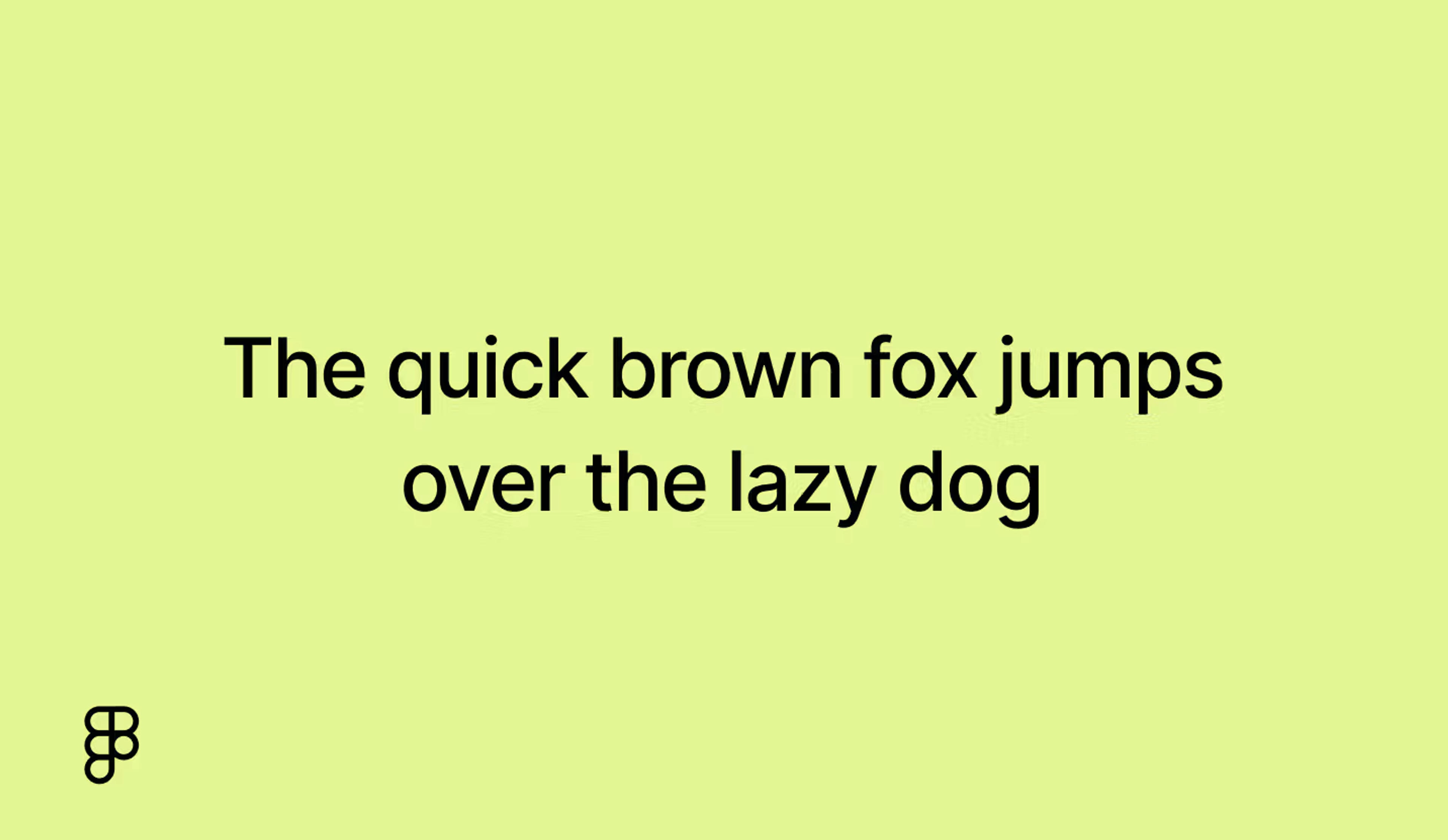
Roboto (+ Condensed and Slab)
Sans serif Roboto has become a top choice among web designers, thanks to its versatility, readability, and clean, modern design. Originally developed by Google, it has been widely adopted for its ability to adapt seamlessly to various design styles and digital interfaces.
Its Condensed and Slab variations have also gained significant popularity, offering additional flexibility for different design needs. These features have made Roboto a go-to font for Webflow users in recent years, helping creators craft polished and professional-looking websites with ease.
Source: webflow
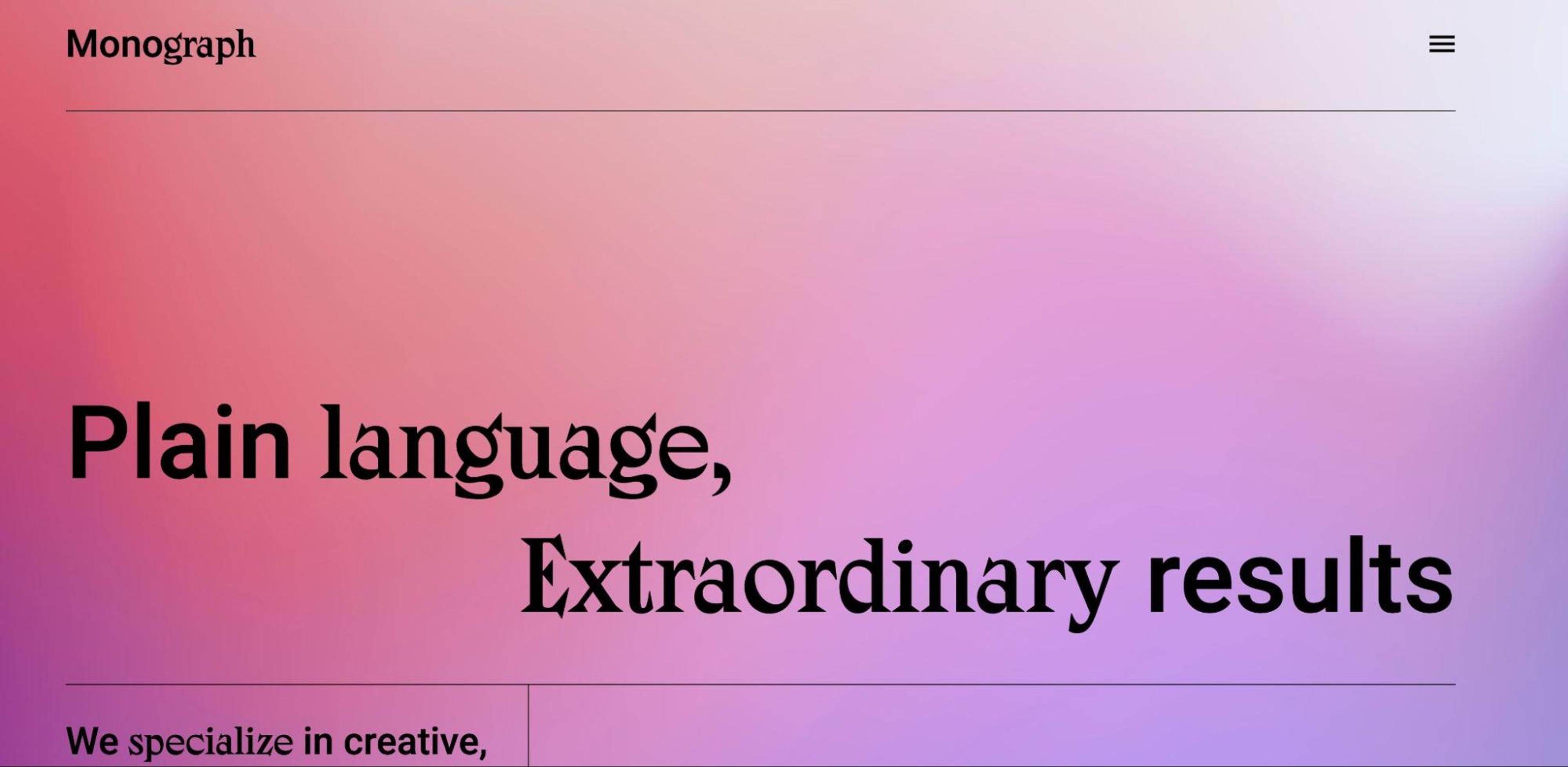
Neue Metana Font
Neue Metana is a sleek, minimalist typeface that redefines modern design with its geometric structure, alternative characters, and unique ligatures. Drawing inspiration from urban culture and contemporary lifestyle trends, this font effortlessly adapts to any project, whether you need a light, delicate look or bold, striking impact.
Crafted through a collaboration between Aulia Rahman, Jeje Yuhardi, and Wildya Balqis, Neue Metana brings versatility and character to websites and designs alike, making it the perfect blend of style and sophistication for any creative endeavor.
Source: wegic.ai
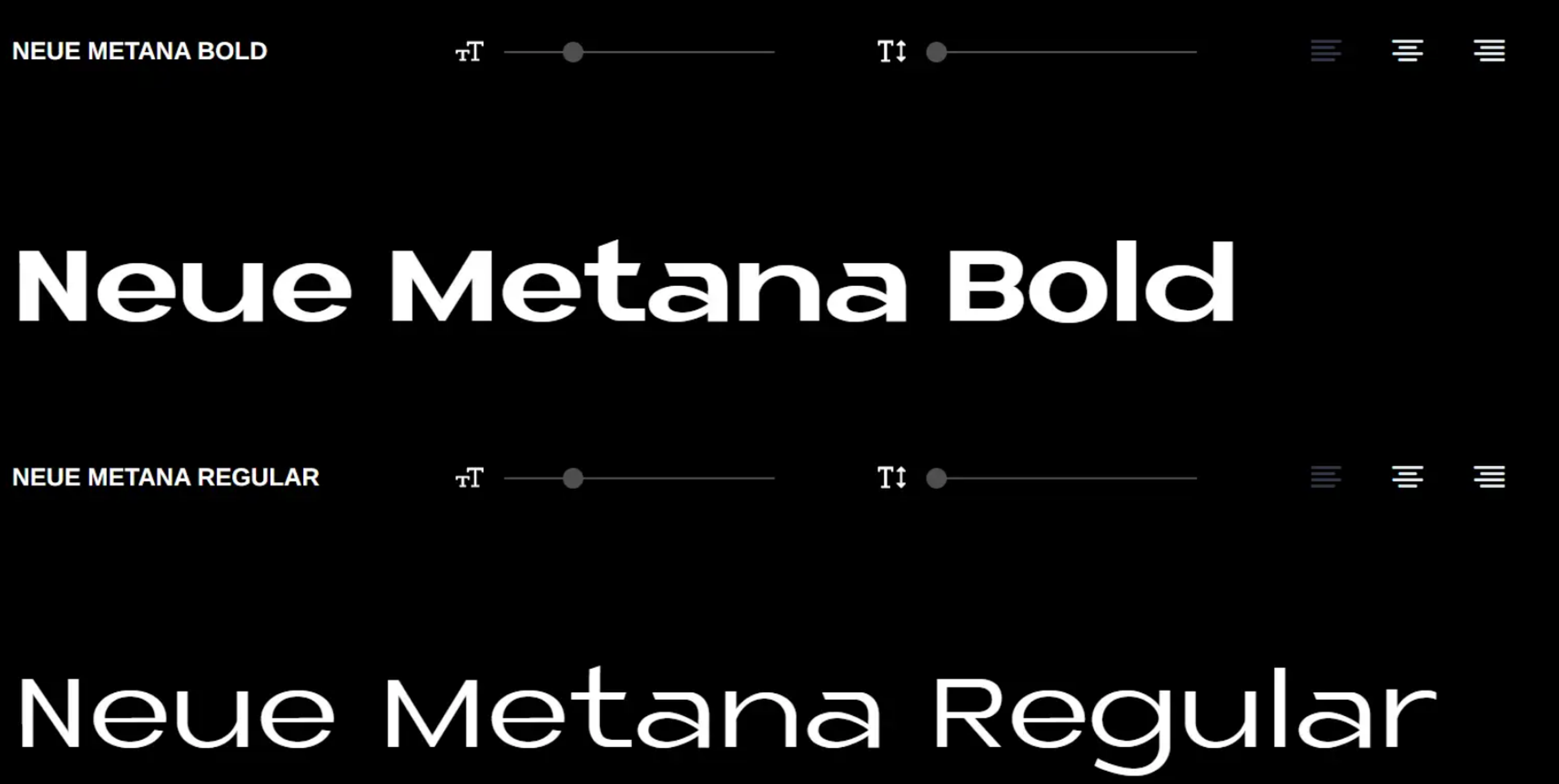
Migha Font
Migha, a free variable font by Seniors Studio, combines modern and retro styles, making it a flexible option for web design. This display font family includes six weights, four widths, and various stylistic features, totaling 96 font files.
Script fonts, which mimic handwriting styles, are another category of display fonts often used for titles rather than body text due to readability concerns. They play a significant role in web design by enhancing brand identity and visual impact.
It’s perfect for a variety of uses, including branding, magazines, posters, and logos, and offers a complete set of uppercase letters, numbers, punctuation, and multilingual support. With its wide range of styles, Migha is one of the most adaptable fonts for websites, ideal for any project that needs a unique, standout design.
Source: wegic.ai
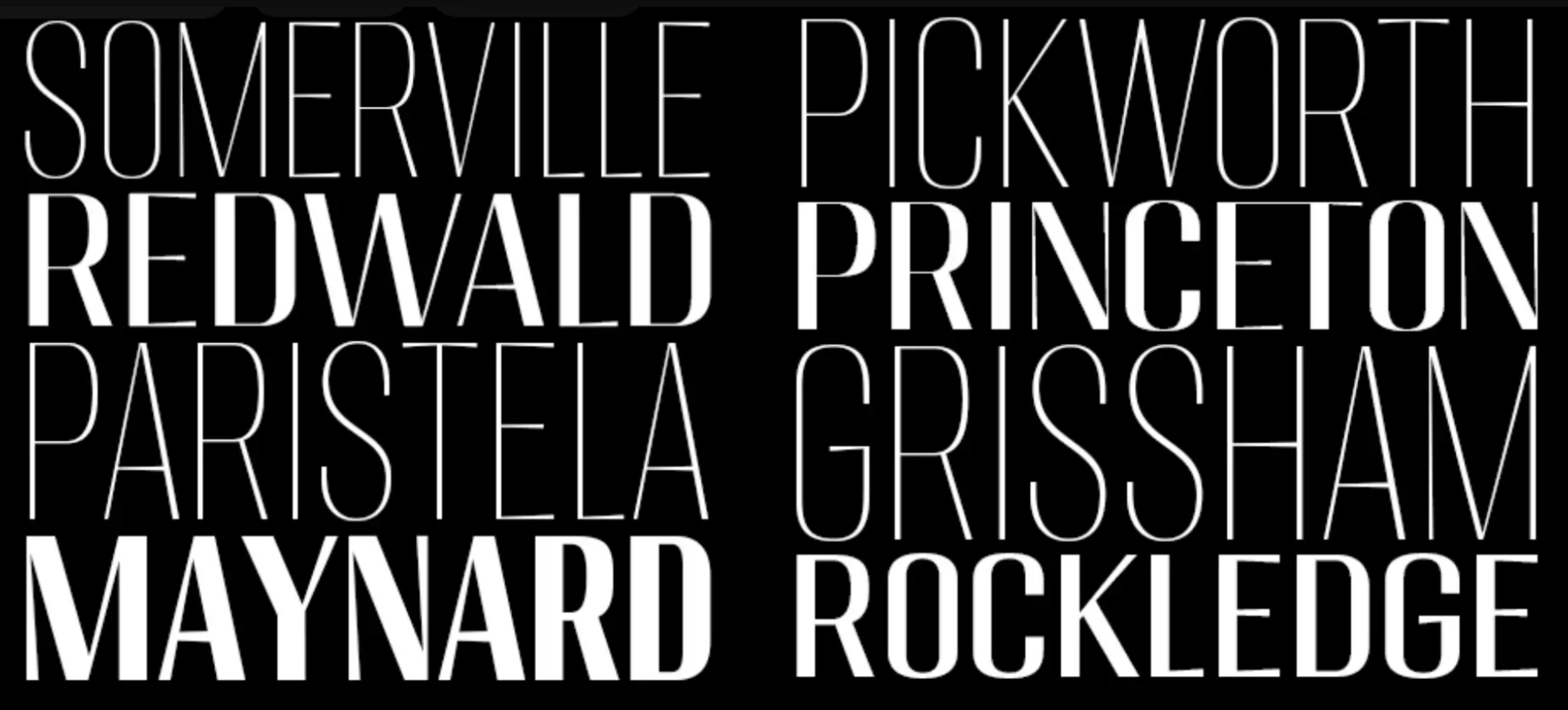
Josefin Slab
Josefin Slab is a modern slab serif font that offers a clean and elegant design with a touch of retro charm. It’s part of the larger Josefin family, which is known for its geometric and stylish look. Josefin Slab stands out with its sharp, strong lines and balanced proportions, making it perfect for both headlines and body text.
The font’s versatility makes it suitable for a variety of design projects, from editorial layouts and websites to branding and posters. Its distinctive, yet readable design ensures it can deliver both sophistication and clarity, making it a popular choice for projects aiming for a refined, timeless aesthetic.
Source: designyourway.net
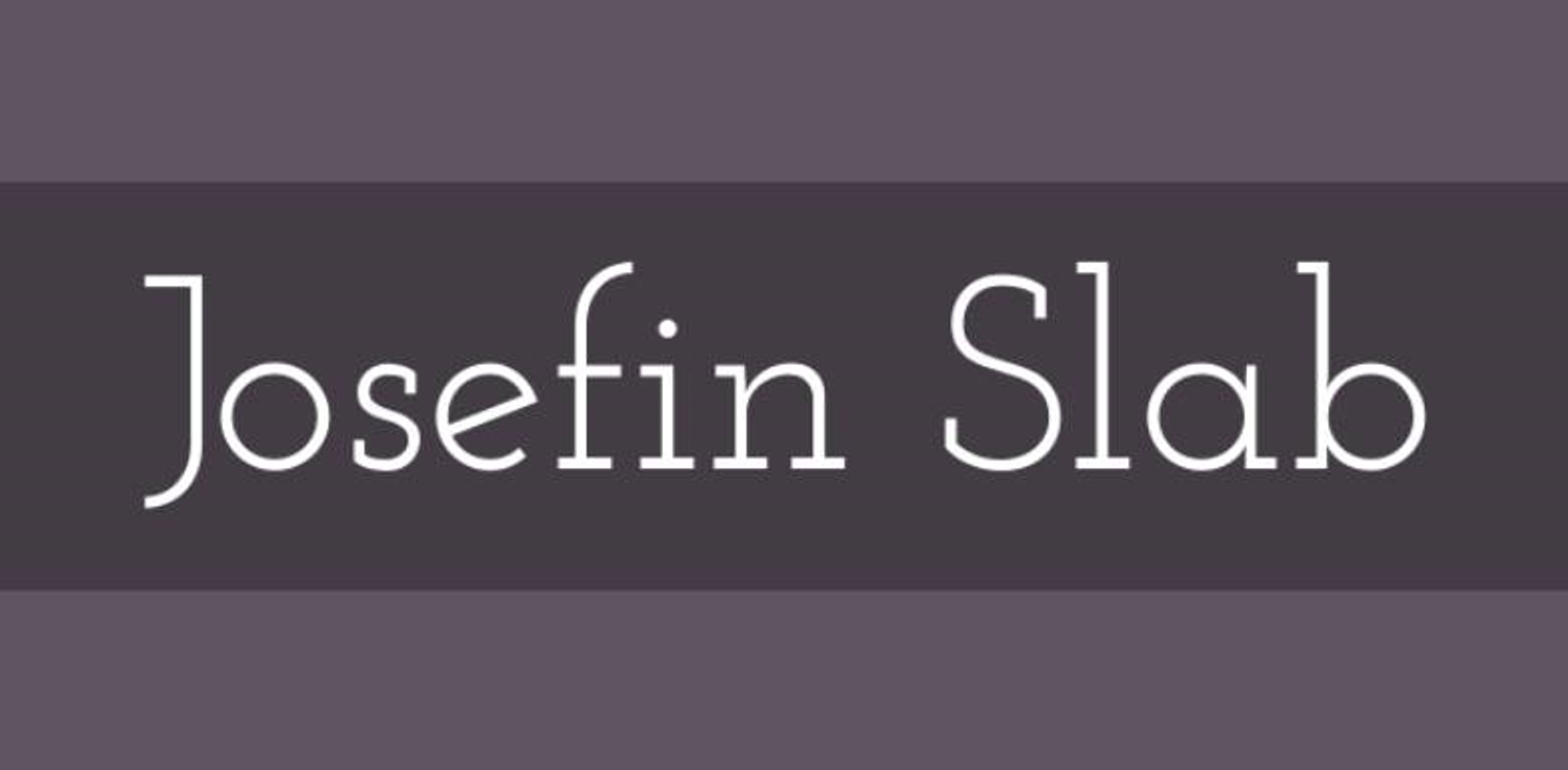
Popular Web Font Services
Several services are available for embedding web fonts, and designers and developers can utilize them. Below are some of the major sellers and their merits and demerits.
Google Fonts
Google Fonts is one of the most popular free web font services that can help you get thousands of font families. Clients can quickly use the service by making straightforward fonts for their website owners.
However, when it comes to picking fonts, many have to choose from the more popular ones, and some designers may also use other types of fonts.
Adobe Fonts
Adobe Fonts, also known as Typekit, provides Adobe Creative Cloud Subscribers with a rich gallery of high-quality fonts. It has great features that allow it to be easily integrated within Adobe software and superb typographical control.
Even though the fonts available at Adobe Fonts are quite diverse in many aspects, they are also enclosed within a subscription. This may also be a downside for designers working on low budgets.
Source: fonts.adobe.com
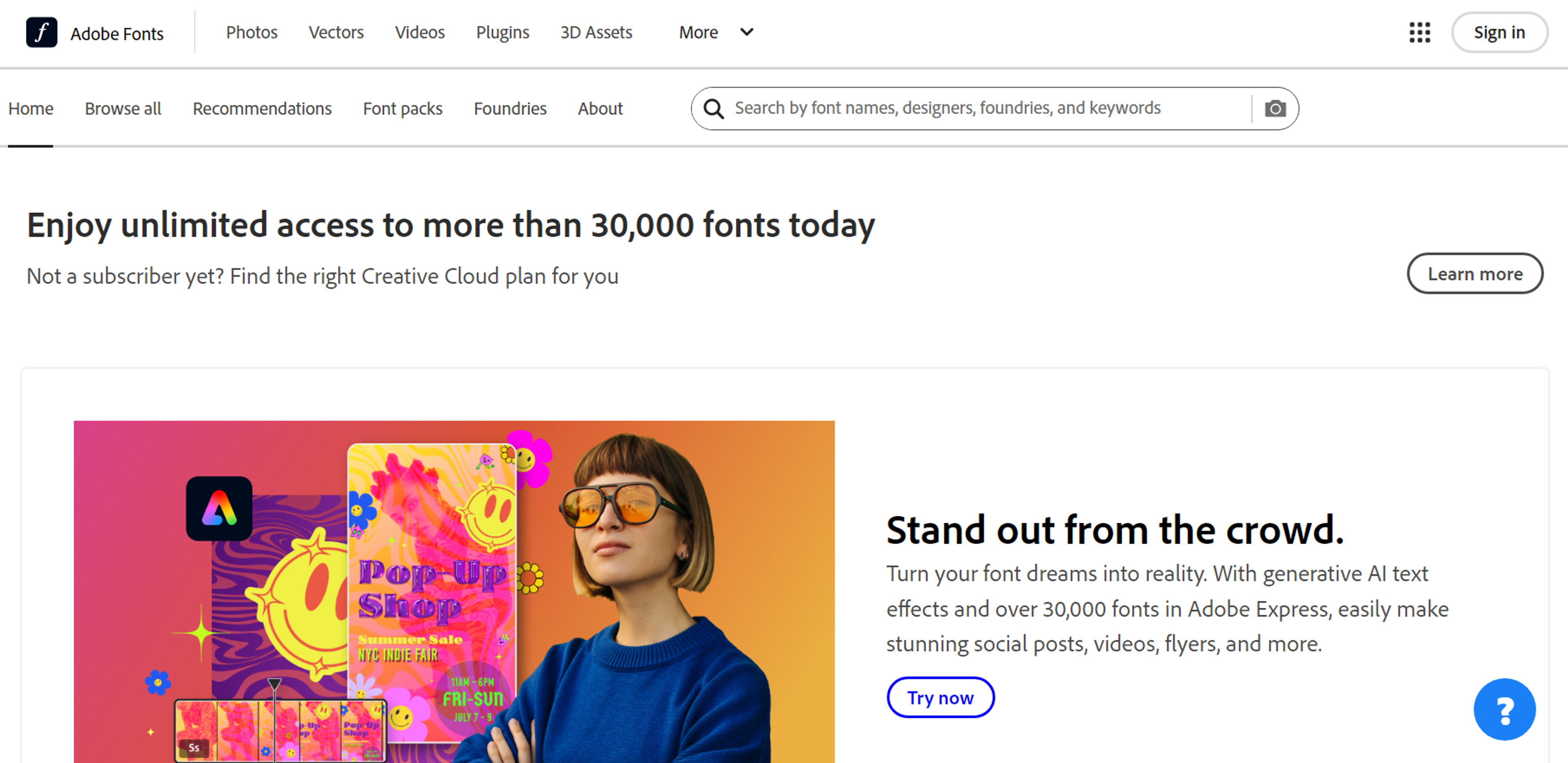
Custom Font Hosting Services
Custom font hosting services assist designers in uploading their fonts on their servers, as they have control permission on the font files. This option often attracts domain owners who wish to have a proprietary typeface or optimize their pages' performance for specific requirements. However, dealing with font licenses and adherence to web standards may burden the project.
Pros and Cons of Each Service:
- Google Fonts: The pros include a reasonable price and a simple interface, while Strike Out's number of fonts is not outstanding.
- Adobe Fonts: The pros include a vast collection and integration with the Adobe suite; the only significant con is the price.
- Custom Hosting: Pros are customization and control, whereas cons include greater complexity and licensing management.
Common Pitfalls and Solutions
Adopting web fonts in a project may present challenges that may impact the user experience, performance, and legality of the project. We discuss some of these issues and their solutions.
Licensing Risks
Adequate licensing needs to be sought when using web fonts or website fonts to avoid legal issues. Ensure that the fonts you use in your projects are licensed for use on the Internet.
It is even better to use reputable platforms offering fonts, such as Google, as they have clear licensing terms. If custom licenses are used to oversee them carefully, you will avoid such legal issues.
Source: kdesign.co
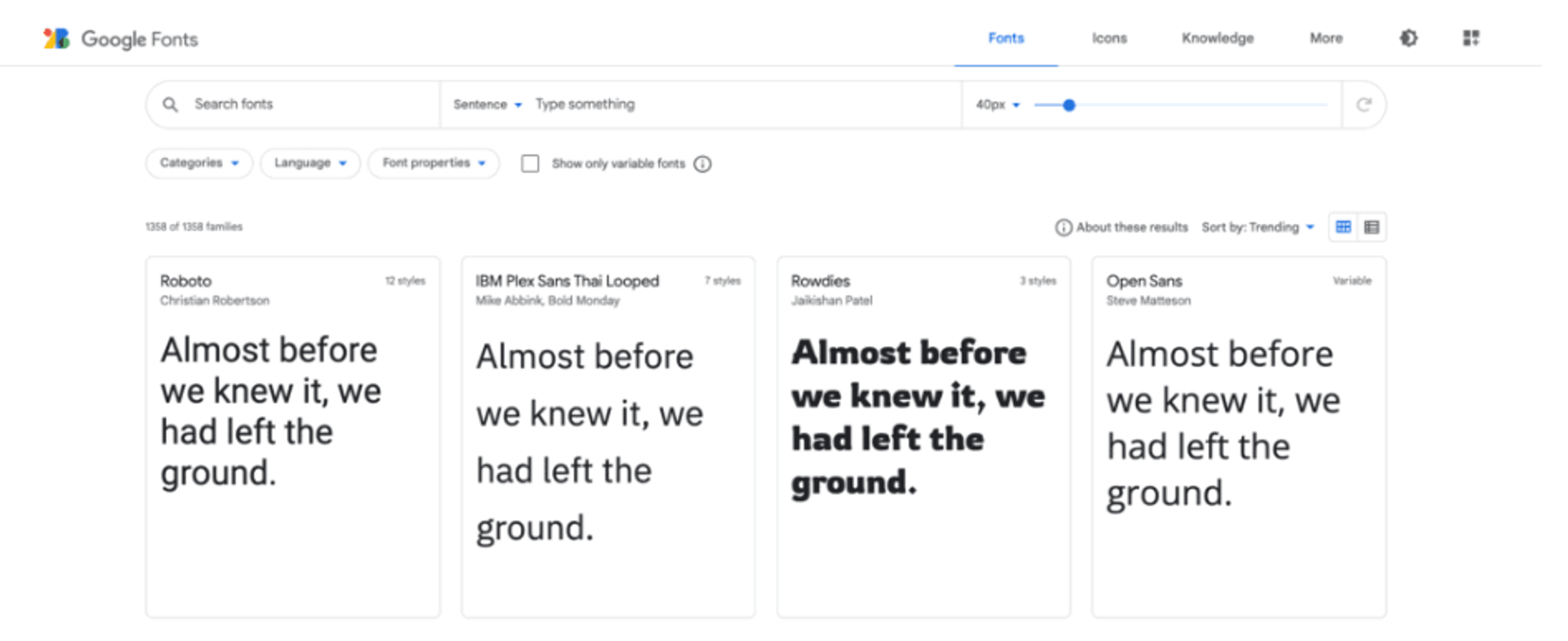
Cross-Browser Compatibility
In several instances, the site’s font may differ in appearance according to the browser one is using, thus creating design problems. Make it a point to check your site on all the popular browsers so that any font rendering issues are fixed. Using CSS resets and making sure that only font formats that are widely used will be able to help keep the look consistent.
International Character Support
A wide character set is absolutely necessary for websites wishing to be seen by a global audience. Chosen fonts should be able to include the required language sets, special characters, and scripts.
Google Fonts and Adobe Fonts usually provide a large font collection with a good number of languages, useful for internationalization.
Many of these types of mistakes can be avoided by relatively simple but thought-through design techniques. These techniques will allow web designers and developers focused on typography to achieve more consistent, fast, and efficient results on their web projects.
The Near Future
Web typography is becoming increasingly powerful with fewer sacrifices. Variable fonts are stabilizing, color fonts add bursts of managed color, and smart delivery loads only what devices actually need. Ethical personalization will soon adjust reading ease based on surroundings, not just screen size. Constant goals stay: keep both clarity and character working together.
FAQ
What Is A Web Font?
A web font is a typeface served with your webpage so every visitor sees the same letterforms, spacing, and metrics — independent of what’s installed on their device.
Should I Use Variable Fonts Or Static Files?
Use variable fonts for flexible weight/width in one file, smoother responsive steps, and fewer requests. Use static files for very simple type hierarchies or when strict legacy compatibility is required.
How Do I Prevent Invisible Text And Layout Shifts When Fonts Load?
Set font-display:swap so text renders immediately, use metric-compatible fallbacks (similar x-height/width), and preload only critical fonts needed above the fold.
How Do I Choose Fonts For Body Text vs. Display?
Pick text-optimized families for paragraphs (clear I/l/1, comfortable rhythm, good punctuation) and reserve expressive display faces for headlines, short labels, and accents.
Do I Need A License For Web Fonts?
Yes. Verify web embedding rights for each family, document the license where teams can access it, and prefer reputable open-source licenses when appropriate.
Read more:
Conclusion
Web fonts gave the web its unique voice. When used wisely, they lace product, personality, and language together, ease cognitive load, and support global audiences without drifting visually. View typography as a holistic system: set roles, pick families that fulfill them, and plan for speed, accessibility, and worldwide use. The aim isn't to showcase letterforms; it's to make every piece of your content instantly recognizable and super easy to read.


About Clay
Clay is a UI/UX design & branding agency in San Francisco. We team up with startups and leading brands to create transformative digital experience. Clients: Facebook, Slack, Google, Amazon, Credit Karma, Zenefits, etc.
Learn more

About Clay
Clay is a UI/UX design & branding agency in San Francisco. We team up with startups and leading brands to create transformative digital experience. Clients: Facebook, Slack, Google, Amazon, Credit Karma, Zenefits, etc.
Learn more